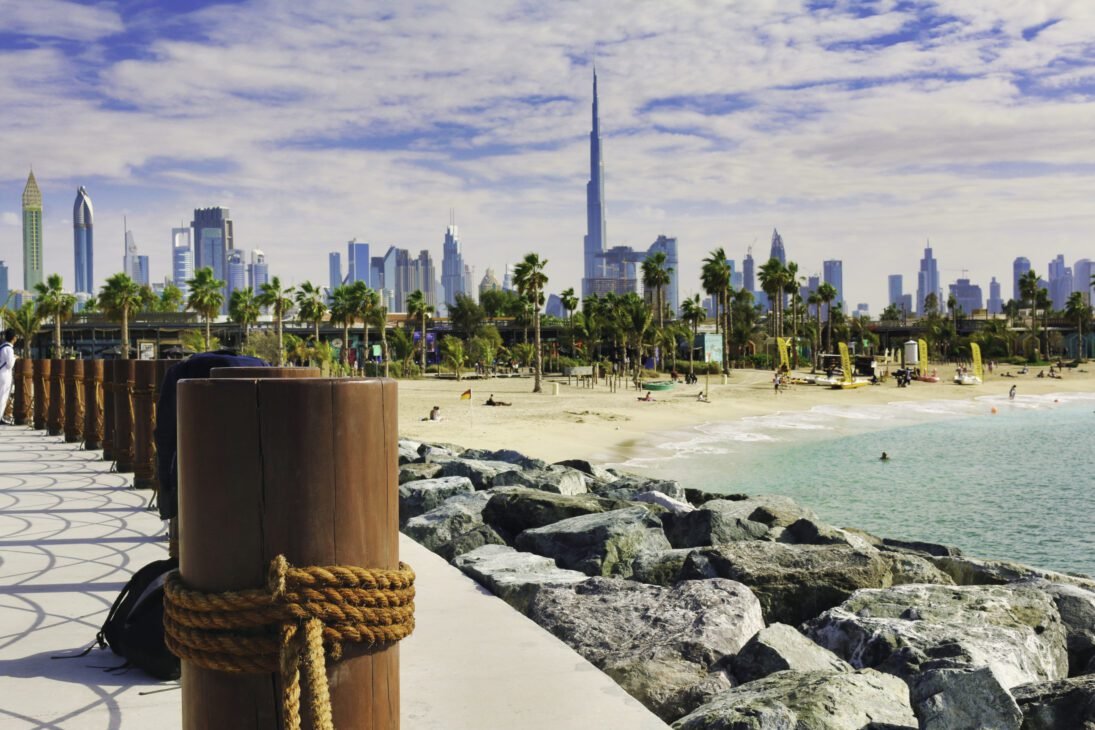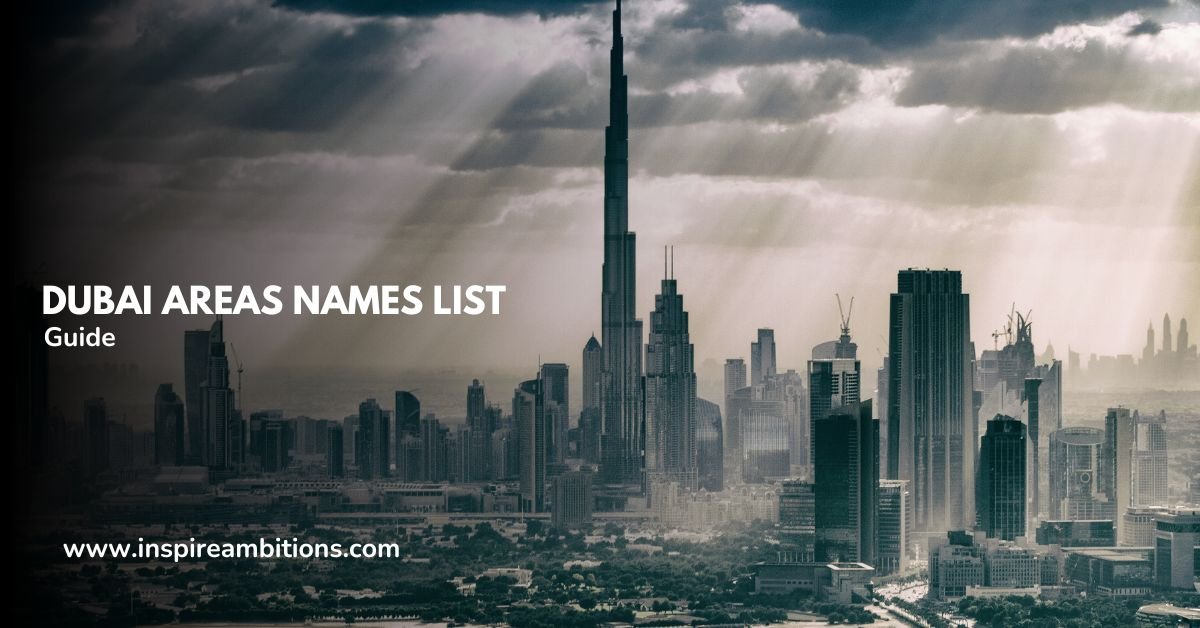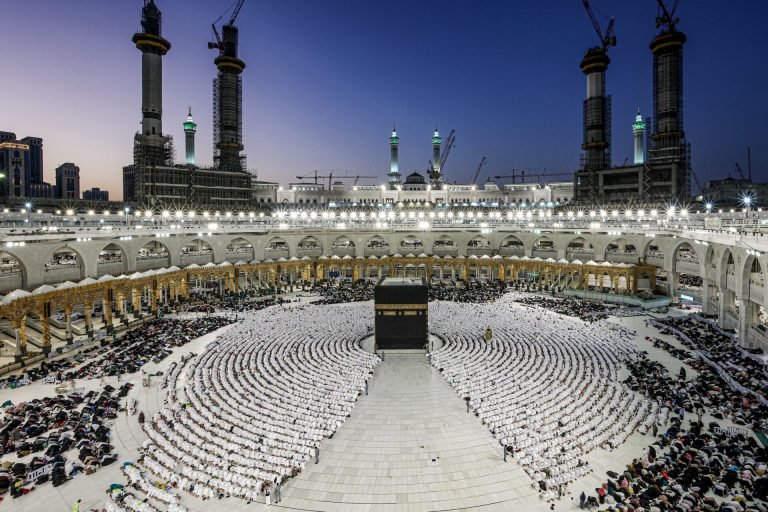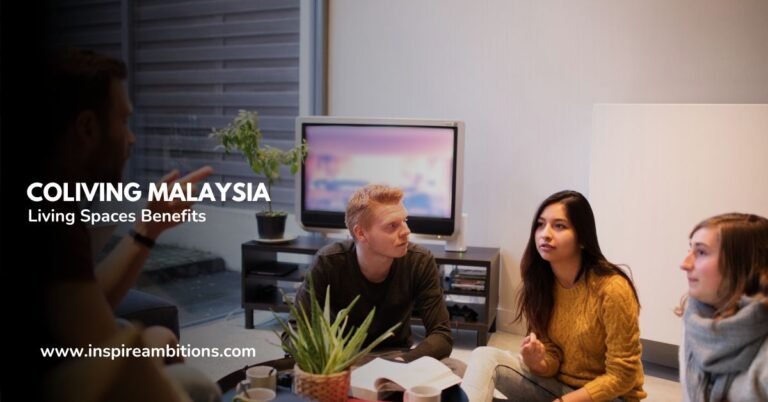Lista de nombres de áreas de Dubai: su guía definitiva para vecindarios y distritos
Dubai’s ever-evolving landscape is a kaleidoscope of residential, commercial, and industrial areas, each with unique characteristics and names. The emirate of Dubai, part of the United Arab Emirates (UAE), is structured into various sectors that are further segmented into communities, totalling over 130 distinct areas.
Among these are iconic neighbourhoods such as the sprawling beachfront community of Jumeirah, consisting of Jumeirah 1-3, and the high-rise packed Dubai Marina, which includes Jumeirah Beach Residence and Bluewater Island.
Each district paints a different picture of the city’s multifaceted personality, from the historic streets of Old Dubai to the bustling Business Bay, set against the Dubai Water Canal.
The vocabulary of Dubai’s communities often reflects the historical and cultural narratives or the associated geographical elements. For.
For instance, names starting with ‘Al’, meaning ‘The’ in Arabic, are commonly found, though sometimes this prefix might be dropped in casual conversation or print. The diversity of neighbourhoods accommodates a range of lifestyles underpinned by Dubai’s infrastructure. With areas dedicated to luxury living, commercial activities, and cultural attractions, understanding this intricate matrix of areas is crucial for residents and visitors to navigate the city efficiently.

Dubai Areas Names List – Key Takeaways
- Dubai is divided into sectors and communities with distinctive names and characteristics.
- The city’s area names often have cultural or geographical significance.
- Dubai’s diverse districts cater to various aspects of business and tourism.
Historical and Geographical Context
Dubai’s tapestry is woven with the threads of history and geography, where each area is a testament to its past, and the city’s layout is a blueprint of its arid environment. The following subsections delve into how early settlements shaped Dubai, the influence of its geographic location and climate, and how these factors contributed to its rise as an international hub.
Early Settlements and Development
Dubai’s history as a population centre dates back to the 18th century, with deira y Bur Dubái emerging as the original core districts on either side of the Cala de Dubái. These areas bear the legacy of the city’s trade and pearl diving heritage, fostering growth and cultural exchange.
- Deira: Traditionally, it was a commercial centre with a bustling souk and maritime trade.
- Bur Dubai: Known for “Mainland Dubai” and its significance as a pivotal growth centre in Dubai’s history.
Geographic Layout and Climate
Situated within the Arabian Desert at 25.2697°N 55.3095°E, Dubai experiences an arid clima, with high temperatures and minimal rainfall. The city spans 4,110 km², much of which has evolved through land reclamation projects. Cala de Dubái plays a central role as a natural divider, setting the stage for the city’s historic bisected development.
- Climate: Characterised by extreme heat, high humidity during summer, and moderate winters.
- Dubai Creek: A natural inlet pivotal for trade and transport, dividing the city into Deira and Bur Dubai.
Dubai’s Growth Into a Global Hub
Dubai’s transformation from a humble settlement into a sprawling metropolis is marked by rapid crecimiento driven by visionary leadership and strategic investments. Infrastructural development and the evolution of areas such as Deira and Bur Dubai have positioned Dubai as a global trade, tourism, and finance centre.
- Growth: Propelled initially by oil revenues and later by diversification into various sectors.
- Importance as a Global Hub: Dubai’s strategic location and investment in world-class infrastructure have attracted international attention.
Key Districts and Areas
Dubai’s landscape is a tapestry of diverse and vibrant districts, each with its unique character, from the sun-kissed beaches of its coastal communities to the bustling streets of its central business hubs and the tranquilo environs of its suburban neighbourhoods.
Coastal Communities
Jumeirah y Palma Jumeirah are standout coastal communities offering luxury living with beachfront access. Jumeirah is known for its affluent residential areas and stretches along the coast south of the city’s historic districts. At the same time, Palm Jumeirah, an artificial island, holds a global landmark status for its distinctive shape and high-end hotels.
- Jumeirah: Established villas and upmarket locales.
- Palma Jumeirah: Iconic developments and luxury resorts.
Central Business Districts
In the heart of Dubai, Centro de Dubái y Bahía de Negocios represent the city’s modern financiero and lifestyle core. Downtown Dubai is home to the Burj Khalifa and The Dubai Mall, reflecting the city’s bold architectural ambitions. Business Bay is an emerging business district with high-rise office towers and residential properties strategically located next to Dubai Creek.
- Centro de Dubái: Burj Khalifa, The Dubai Mall, and high-end living.
- Bahía de Negocios: Growing business centre with mixed-use developments.
Suburban Developments
Suburban areas como Puerto deportivo de Dubái, Jebel Ali, Colinas de Dubái, Ranchos árabes, y Al Barsha offer a mix of residential communities catering to diverse lifestyles. Dubai Marina is famed for its skyscraper-filled skyline and marina, whereas Jebel Ali is pivotal for its port and industrial zone. Dubai Hills and Arabian Ranches are family-centric developments known for their greenery and spacious homes, and Al Barsha attracts those looking for a central yet calm suburb.
- Puerto deportivo de Dubái: Vibrant lifestyle and waterfront developments.
- Jebel Ali: Industrial backbone with a growing residential sector.
- Colinas de Dubái: Planned community with a focus on green spaces.
- Ranchos árabes: Gated community renowned for leisure amenities.
- Al Barsha: Centrally located with a mix of residential options.
Economic Centres and Infrastructure
Dubai’s economic landscape is bolstered by its strategic districts like the Dubai International Financial Centre and the Jebel Ali Free Zone. These areas serve as hubs for business, trade, and residential developments to support the city’s ambitious growth targets.
Business and Finance
In the heart of Dubai, the Dubai International Financial Centre (DIFC) stands as a beacon for the financial industry, operating as a special economic zone that attracts banks, wealth funds, and insurance companies through its advantageous regulatory framework. The benefits offered here, including tax incentives y 100% foreign ownership, play a pivotal role in Dubai’s financial sector.
Trade and Transportation
El Jebel Ali Free Zone (JAFZA) is a cornerstone of Dubai’s trading infrastructure. Capitalising on its proximity to Puerto de Jebel Ali y el Al Maktoum International Airport, JAFZA fuels Dubai’s logistic capabilities. Meanwhile, Carretera Sheikh Zayed is a vital artery connecting the transport avenues, thus enhancing the seamless trade flow.
Residential and Commercial Projects
Upscale and cosmopolitan, the Puerto deportivo de Dubái offers a riveting mix of residential and commercial spaces framed by skyscrapers and waterside amenities. Further, Torres de los lagos Jumeirah (JLT), comprising high-rise buildings set against artificial lakes, provides a dual character of work-play estilo de vida. Additionally, Dubai Creek Harbour is a promising development that aims to blend luxury living with cultural offerings.
Cultural Highlights and Attractions
Dubai boasts a plethora of cultural landmarks and attractions, from the architectural marvels that shape its skyline to the museums and green spaces that offer a respite from the bustling city life.
Architectural Landmarks
- Burj Khalifa: Standing as a testament to Dubai’s architectural innovation, the Burj Khalifa is the world’s tallest building and a must-see for any visitor. The structure towers over the city, providing unparalleled views and as a focal point for tourists and residents alike.
- Mezquita Jumeirah: Reflecting Islamic architecture, the Mezquita Jumeirah exemplifies the traditional Fatimid style, welcoming visitors of all faiths to admire its beauty and engage in cultural exchange.
Museums and Cultural Spaces
- Museo de Dubái: Housed in the historic Al Fahidi Fort, the Museo de Dubái offers visitors a glimpse into the emirate’s rich past and cultural heritage, featuring a variety of life-size dioramas and archaeological exhibits from different periods.
- Ópera de Dubái: A centre for the performing arts, the Ópera de Dubái hosts a wide range of events, from opera, ballet, and classical music performances to theatre shows and art exhibitions, set in a strikingly modern building reminiscent of a traditional dhow.
Parks and Recreational Spots
- Bluewaters Island: This modern development features entertainment, residential, and retail destinations, including Ain Dubai, the world’s most giant observation wheel, providing a comprehensive blend of leisure activities.
- Playa de Jumeirah: A favourite for relaxation and water sports, Playa de Jumeirah offers white sands and crystal-clear waters, along with a scenic backdrop of the majestic Burj Al Arab, ideal for family outings and picnics.
Dubai’s cultural attractions encompass diverse experiences, from historical insights to contemporary design, all woven into the city’s dynamic growth and visionary urban development.
Vivir en Dubái
Dubai offers a diverse selection of residential areas, each providing various amenities that cater to the lifestyle needs of its inhabitants. Prospective residents can choose from upscale villas to high-rise apartments, with access to reputable educational institutions and healthcare facilities.
Moreover, Dubai is known for its leisure and lifestyle choices, ranging from tranquil beachfront living to vibrant urban centres.
Áreas residenciales
Dubai’s residential landscape is characterised by a blend of neighbourhoods catering to different preferences. Mirdif y Al Warqa are popular with families due to their spacious villas and community atmosphere.
On the luxurious end, Colinas de los Emiratos is famed for its exclusive villas and meticulously manicured green spaces, offering a serene environment. Residencia en la playa de Jumeirah (JBR) y Umm Al Sheif provide a mix of apartment living with easy beach access, making these areas particularly appealing for those seeking a blend of comfort and convenience by the sea.
- Villas in Mirdif and Al Warqa: Ideal for families living with community parks and schools.
- Colinas de los Emiratos: Known for luxury villas and elite lifestyle.
- Residencia en la playa de Jumeirah: High-rise apartments with beachfront leisure amenities.
Educación y salud
Access to quality education and healthcare is a significant factor for residents in Dubai. Most residential areas are near well-respected educational institutions, ensuring families have convenient access to schools for their children. Healthcare facilities, including clinics and hospitals, are strategically located throughout the city, providing residents with peace of mind regarding medical services.
- Schools near Mirdif and Al Warqa Range range from nurseries to international schools.
- Hospitals in Residencia en la playa de Jumeirah: Equipped with state-of-the-art medical technologies.
Leisure and Lifestyle
Dubai is renowned for its vibrant leisure and lifestyle options. Residents can enjoy various activities, from shopping in world-class malls to dining in exquisite restaurants. Several communities offer parks, beaches, and sports facilities for outdoor enthusiasts. Areas such as Residencia en la playa de Jumeirah are known for their lively atmosphere and abundant entertainment options right on the doorstep.
- Colinas de los Emiratos: Proximity to golf courses and country clubs.
- Residencia en la playa de Jumeirah: Beach clubs, retail outlets, and fine dining.
Each area in Dubai strives to provide a comprehensive living experience, ensuring that no matter where one chooses to reside, they will have access to various amenities that enhance their quality of life.







